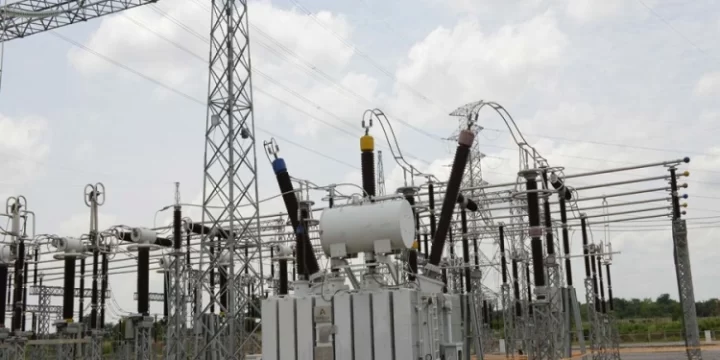The implementation of Nigeria’s Electricity Act 2023 has begun to create significant friction within the power sector, as state governments increasingly take charge of regulating electricity markets within their jurisdictions. The result has been a wave of new policies, including reductions in electricity tariffs by some states, which are being met with resistance from power generation (GenCos) and distribution companies (DisCos).
Under the new law signed in 2023, states are empowered to independently regulate their electricity supply, including setting tariffs, licensing operators, and overseeing consumer protection measures. This reform is aimed at decentralizing control from the federal government and allowing states more flexibility to address their energy challenges. However, the move has triggered pushback from major power firms who warn that inconsistent pricing across states could destabilize the fragile electricity value chain.

In recent weeks, several states have either slashed tariffs for high-paying electricity bands or announced intentions to do so. For instance, Enugu recently lowered its Band A tariff to ₦160 per kilowatt-hour (kWh), a significant drop from the ₦206.8/kWh approved earlier this year by the Nigerian Electricity Regulatory Commission (NERC). Other states like Lagos, Edo, and Ekiti are also reportedly exploring similar interventions to ease the burden on consumers.
While these moves have been celebrated by households and businesses facing high inflation and cost-of-living challenges, GenCos and DisCos argue they could undermine the sustainability of the entire power system. According to them, tariff reductions without a corresponding subsidy or cost recovery framework could result in massive revenue shortfalls, leaving companies unable to pay for gas supply, equipment maintenance, and infrastructure investments.
Industry insiders say the biggest concern is the potential fragmentation of the power sector. Before the Act, the federal government set uniform tariffs across all states through NERC, enabling a centralized revenue management structure. Now, each state can have its own pricing model, leading to a patchwork of tariffs that could confuse consumers, weaken revenue collection, and discourage investor confidence.
DisCos, in particular, are wary of politically motivated tariff cuts that do not reflect the realities of cost-to-serve in different regions. They fear that populist policies could force them into financial distress, particularly in areas with high energy theft, low metering coverage, and poor payment discipline.
On the other hand, supporters of the state-led reforms argue that decentralization is essential for breaking the long-standing inefficiencies in the national power system. They point to cases where DisCos have failed to provide reliable power despite charging customers exorbitant fees. By giving states more control, they say, there is an opportunity for better accountability, tailored solutions, and more responsive governance.
Consumer advocacy groups and labour unions have also thrown their weight behind the state governments. Following a nationwide uproar earlier this year when NERC approved a sharp increase in tariffs for Band A consumers, there were widespread protests and demands for a rollback. Though the federal government eventually reduced the Band A rate slightly, many stakeholders considered the move insufficient and pressed for further relief.
Now that states are stepping in to lower tariffs, many consumers feel vindicated. In markets and social media platforms, residents of Enugu, Edo, and Oyo states have praised their governments for showing concern for the economic hardships faced by ordinary Nigerians. In Enugu, for instance, local traders said the ₦160/kWh tariff had reduced their business expenses and allowed them to invest in other areas of need.
However, analysts warn that while these short-term gains are welcome, they could come at a long-term cost if not handled properly. Without a robust framework to balance affordability with commercial viability, there is a risk of returning to a subsidy trap where the government is forced to bail out failing power companies year after year.
The federal government and NERC have so far taken a cautious stance. Officials say they are observing the development while working to ensure coordination between federal and state regulators. Some experts have called for the creation of a harmonization council to set baseline service standards and financial principles that all states must follow, regardless of local tariff decisions.
Electricity industry observers believe the next few months will be critical in determining whether this new decentralized model can work. Much will depend on how well states design their regulatory frameworks, whether they attract capable investors, and how they enforce transparency and service delivery from power providers.
For now, the battle lines are drawn. States are determined to use their new powers to shield citizens from unbearable costs, while power companies are fighting to preserve their ability to operate sustainably. The success of Nigeria’s bold power reform may rest on whether both sides can find a middle ground that balances affordability with financial health—and that ensures the lights stay on for everyone.
Support InfoStride News' Credible Journalism: Only credible journalism can guarantee a fair, accountable and transparent society, including democracy and government. It involves a lot of efforts and money. We need your support. Click here to Donate
